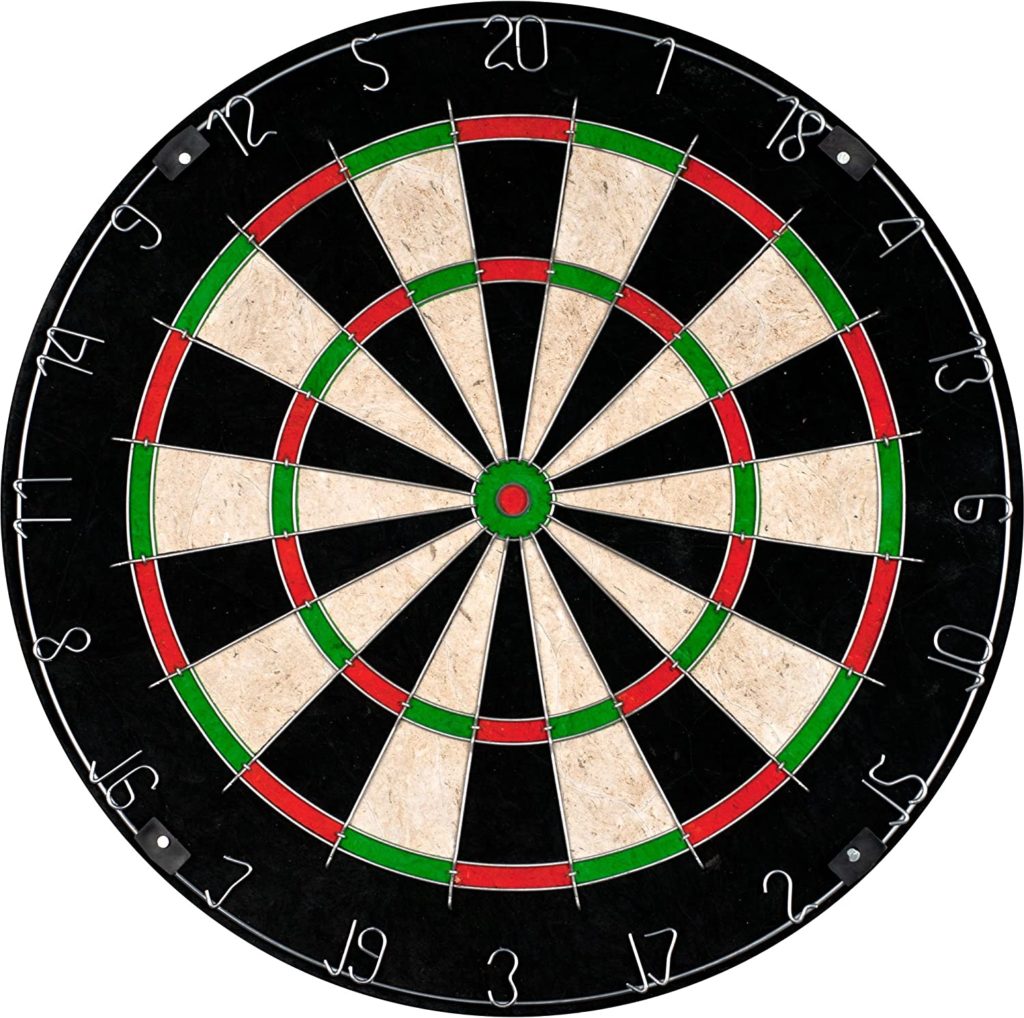The 2021 harvest is nearing, and people are counting the days and hours, ready to spring into action when the vines are ready, or “à point.”
À point – at just the right time; at the peak of ripeness; at the perfect degree of doneness
In reality, much of the basic harvest planning is done before flowering, and certainly before veraison, based on experience and possibilities. In the end, financial limits and practical considerations will decide the options: How many are on the team? How long can you have the team on hold before it becomes critical? Bear in mind that there can be a month’s difference between harvest times at some domaines.
The best possible focused outcome
The theory – or rule of thumb – is that harvest starts 100 days after mid-flowering.
Floraison (flowering) began this year in the first half of June, and calculating 100 days forward from then gets us to around September 15 – a day mentioned by quite a few growers as a possible start date.
For many, a better harvest gauge is 40 days from mid-veraison (colour change in the grapes). But then again, what is “mid-veraison”? There is quite wide variation in veraison this year due to the frost suffered in early April.
To fix a calculation point, let’s take August 10. This is a very crude average of the veraison reports I’m getting, and 40 days would take us to September 18 or so for the start. That is the date on which, before the effects of climate change became evident over the past 15 years or so, harvest started on average from a historical (that’s to say several-centuries-long) perspective.
At this point, therefore, it’s fair to say harvest will start sometime in mid-September.
Of course, this will require the weather to behave between now and then, and not cause any further difficulties.
Finding phenolic ripeness
The key to winemaking success is finding optimal phenolic ripeness, while keeping sugar ripeness and balancing acidity – a daunting task.
Sometimes this is difficult or even impossible; other times optimising compromises are made. This is when “à point” starts to make sense.
And sometimes – bull’s eye! – a vin d’emotion is created by one who understands that timing is everything, and that making great pinot is a difficult a task.
Size and quality
The April frost will reduce the 2021 harvest dramatically; from 70% to 80% or even more for the whites. It was quite devastating.
For the reds the picture is mixed, from small losses (say 10-20%) to some in Vosne-Romanée reporting 50-60% loss compared to an average crop – whatever that is. Several growers report even greater losses in some areas: 80% for one grower in Grands Echezeaux. So losses range from acceptable to problematic and worse.
Oidium and mildew can sadly provoke further losses, and there are few vintages without these issues, particularly in a wetter year such as this one. So let’s wait and see.
Expounding on the quality at this point is pure guesswork. Positive surprises have been seen in many vintages, although for a reminder, the last really poor vintage was 1994 , and even then, some managed to produce quite decent wines.
And on a sadly realistic note, some even managed to ruin the fabulous 2019 vintage and make poor wines. In Burgundy, everything is possible.
Good luck, and Courage! to all.


 - A true vin d’émotion – a Burgundy of passion
- A true vin d’émotion – a Burgundy of passion - A truly hedonistic wine – lively and enjoyable
- A truly hedonistic wine – lively and enjoyable - A vivacious wine for pure indulgance
- A vivacious wine for pure indulgance - A Vin Vif - fresh, energetic and with a light appearance
- A Vin Vif - fresh, energetic and with a light appearance
Leave a Reply
You must be logged in to post a comment.